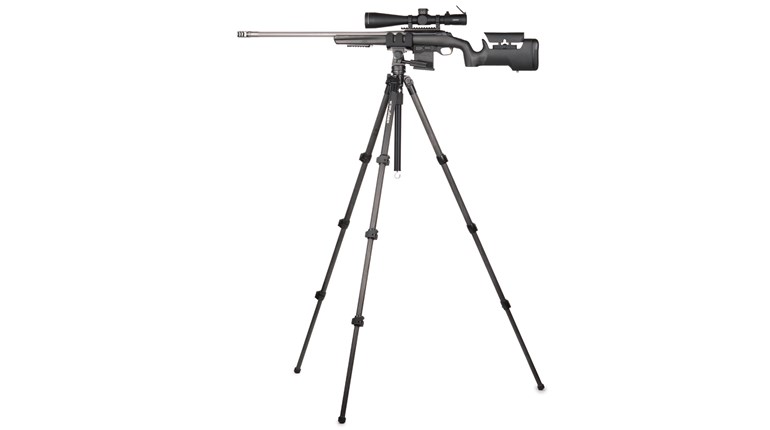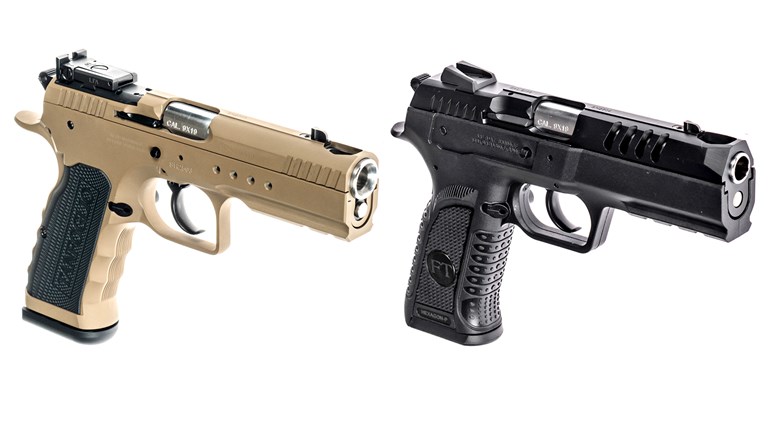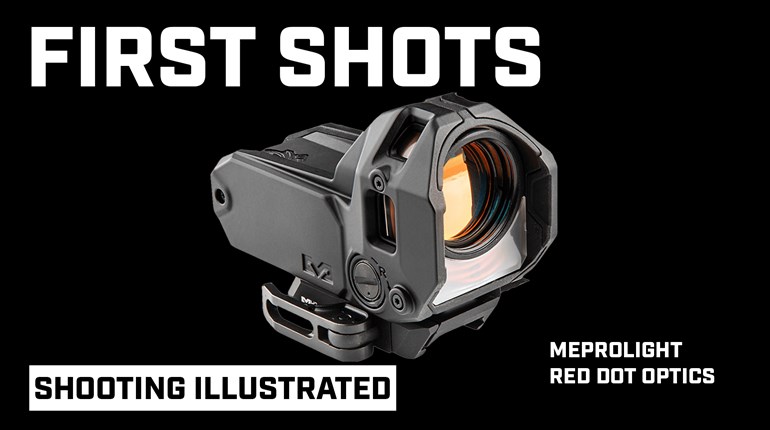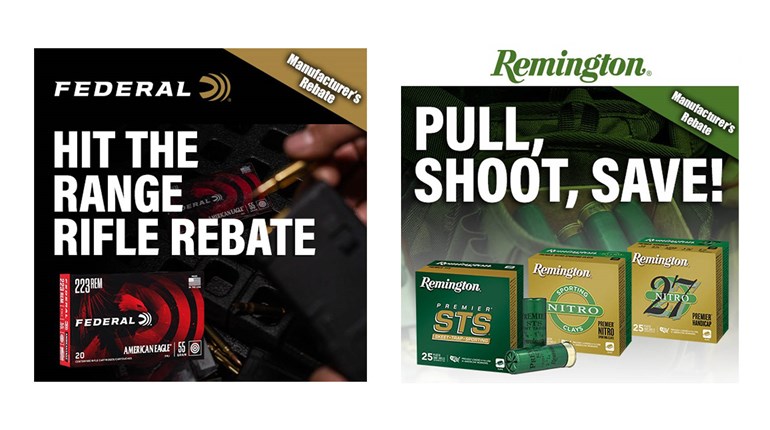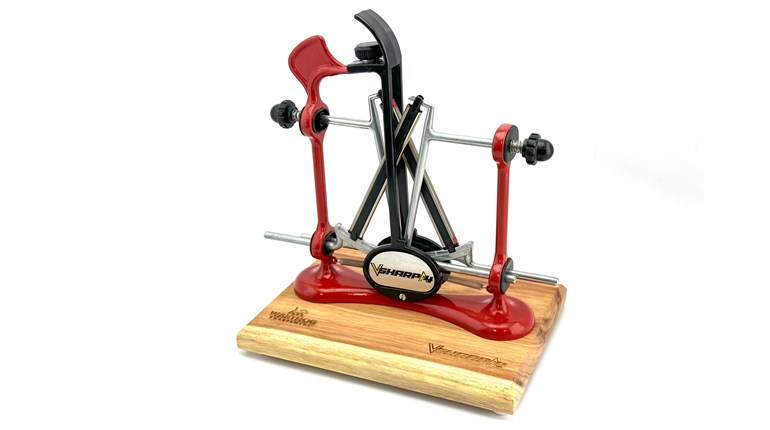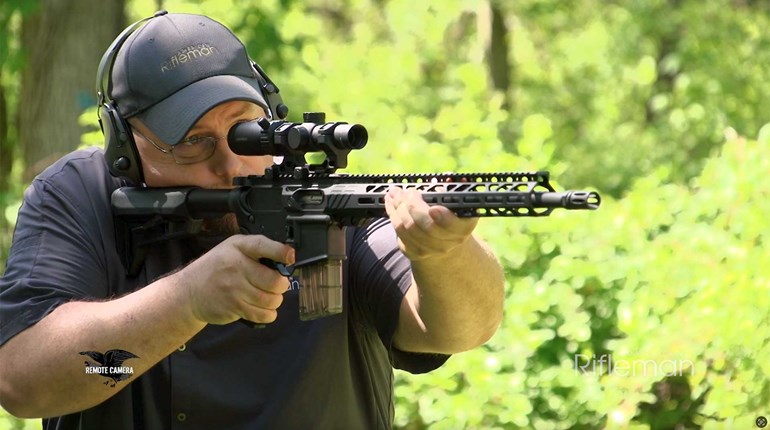
While it’s unlikely you’ll ever need to take a defensive shot at 100 yards or farther, being able to make those hits means closer-range targets will seem easy.
Over the past decade or so, firearm-modernization advocates within the U.S. military have shown a keen interest in providing our ground troops with an “overmatch” capability. The goal is to give our forward-most combatants significant advantages in small-arms range and lethality surpassing their peer and near-peer adversaries. How best to achieve this—and whether the capability should be a high priority—have stirred much debate. Our home-turf challenges are far less complicated than those faced on battlefields, but having the ability to outrange someone intent on harming us or our loved ones is no less worthy a pursuit.
This leads me to pose a question: When was the last time you pushed your go-to rifle out to a distance where consistent hits were no longer possible? Within the last month? A year ago? Back when having a flip-phone clipped to your belt put you on the cutting edge of cellular technology? If you aren’t exactly sure how long it’s been, you’re among the majority of rifle shooters with whom I’ve had this conversation in recent years.
That’s not an indictment, but rather a byproduct of the busy world in which we live—and a challenge with which I also wrestle. Often, when we finally manage to sneak off to the rifle range, we don’t get much further than the basics: checking zeros, shooting a few 50- or 100-yard groups, plinking at steel targets and maybe function-testing a new ammo type or two. If we’re prioritizing defensive-rifle work, we might skip the zero check and go straight to working through close-range drills until we run out of ammo, time or daylight.
Whatever the habit, defaulting to the familiar during range training rarely challenges our abilities at longer distances. That’s OK, so long as the need to place an accurate shot beyond your comfort zone never materializes. Even when training time is not the limiting factor, a lack of suitable ranges keeps many shooters mired in the 100-yards-and-less routine. Fortunately, both the NRA (rangeservices.nra.org) and NSSF (wheretoshoot.org) have decent range-locator tools that can help identify better options.
The NRA’s site shows available distances for its rifle-range listings, while NSSF’s tool has a filter for distances, though it doesn’t always screen results accurately. A quick search of both sites yielded a dozen private-membership and public ranges that offer distances of 200 yards or more within an hour’s drive of my rural home. Obviously, some areas will have more choices and others will require more travel.
Or, you could seek out one of the many private ranges that seem to be increasing in number alongside the steady rise in firearm ownership. Asking around in local shooting circles may turn up a point-of-contact or even an invitation to a hidden gem in your area. I drive to a club with a 300-yard range in a neighboring county for my closer work and use a privately owned farm with a range for long-distance needs. Each requires travel, but the effort and time expended always pay off.
You don’t have to be a PRS competitor with a long-range super cartridge and an optic that costs more than your rifle to be a confident mid-range rifle shooter. If your goal is to simply extend your capabilities using the rifle you’d rely on in a pinch, that’s the best tool for determining and expanding your practical limits. But, that doesn’t mean every component of your system will necessarily be up to the task.
Your favorite expanding ammo may not be precise enough to be consistent at longer distances, but most common centerfire-rifle and PCC chamberings have accurate factory loads that are suitable for defensive shooting. Likewise, your sighting system may be lacking when it comes to far targets. Iron sights can often be retrofitted with smaller rear apertures and thinner front posts. High-power optics can be complemented by offset sights to maintain close-range capabilities. Magnifiers allow red-dot optics to be used at longer ranges and low-power, variable-optic (LPVO) riflescopes can fit a wide range of distance needs.
How far you push your comfort zone is dependent on several factors, including your caliber choice and current abilities. For much of its life, the .30-30 Win. cartridge’s maximum range for minute-of-vitals accuracy was thought to be around 150 yards. But, better ammunition, triggers, barrels and sights have made it possible for dedicated lever-action shooters to double that distance today.
On the skill side of the house, some PCC shooters will find it challenging to shoot measurable groups at 75 yards. Others can consistently lob their stubby, pistol-based projectiles onto distant targets like expert mortar crews. For starters, maybe just try adding another 50 to 100 yards to the outer limit of your current comfort zone. Once you have that down, progress slowly from there until your ability to consistently hit what you aim at disappears.
Paper targets are great for measuring elevation drops and assessing group sizes, but the periodic need to replace them can be a hassle when sharing the firing line with strangers who may not need to go downrange at all. Steel targets provide immediate and satisfying feedback, but they’re often so beat up that precise points-of-impact are indistinguishable. If the facility allows downrange access to steel targets, a fresh coat of light-colored spray paint will help you spot hits. A spotting scope or binoculars will be handy for seeing impacts, gauging wind or identifying small targets beyond 100 yards.
Most regular handgun shooters are familiar with some form of the “Walk-Back” exercise. This drill’s goal is to build confidence and define one’s limits in hitting relatively small targets at distances not normally associated with practical handguns. It’s often run as a friendly competition using some type of reactive target. The Walk-Back drill also helps improve handgun speed and accuracy at closer ranges, where targets suddenly seem huge and easy to hit after being far behind normal firing points. Pushing your rifle out beyond the easy distances works in much the same fashion, enhancing skills, building confidence and exposing areas where more work is needed in order to further expand your comfort zone.














